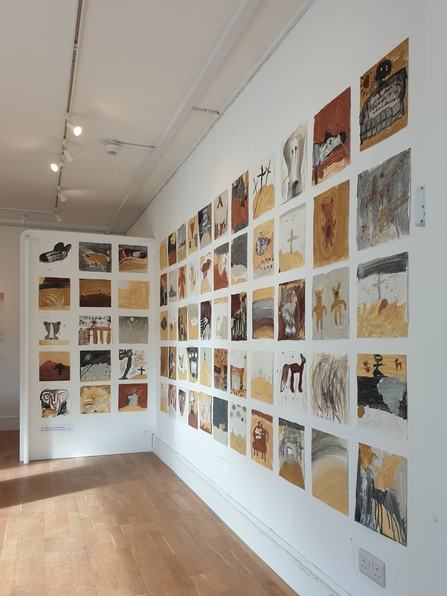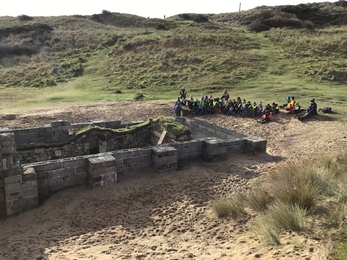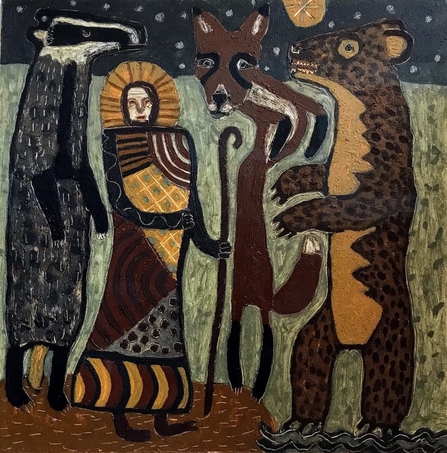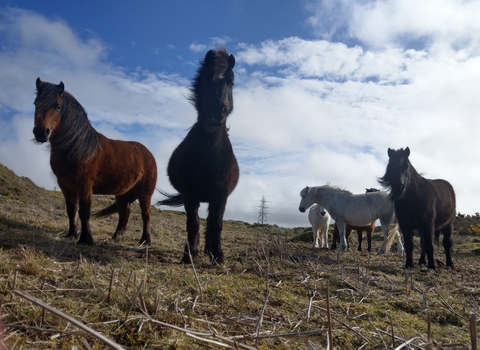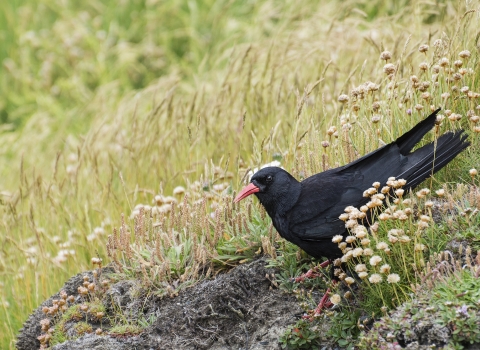The paintings, created by schoolchildren, community groups and local residents, are currently on display at Livingstone St Ives gallery in Perranporth, to coincide with this year’s St Piran’s Day celebrations on March 5.
Last month, as part of a nationwide project called Dynamic Dunescapes, the Trust worked with a local environmental artist to lead a series of public art workshops at Penhale Dunes. Participants were encouraged to explore the landscape’s unique history, geology and wildlife, which included a visit to remains of St Piran’s Oratory, before using paint made from Cornish earth pigments to create their works of art.

